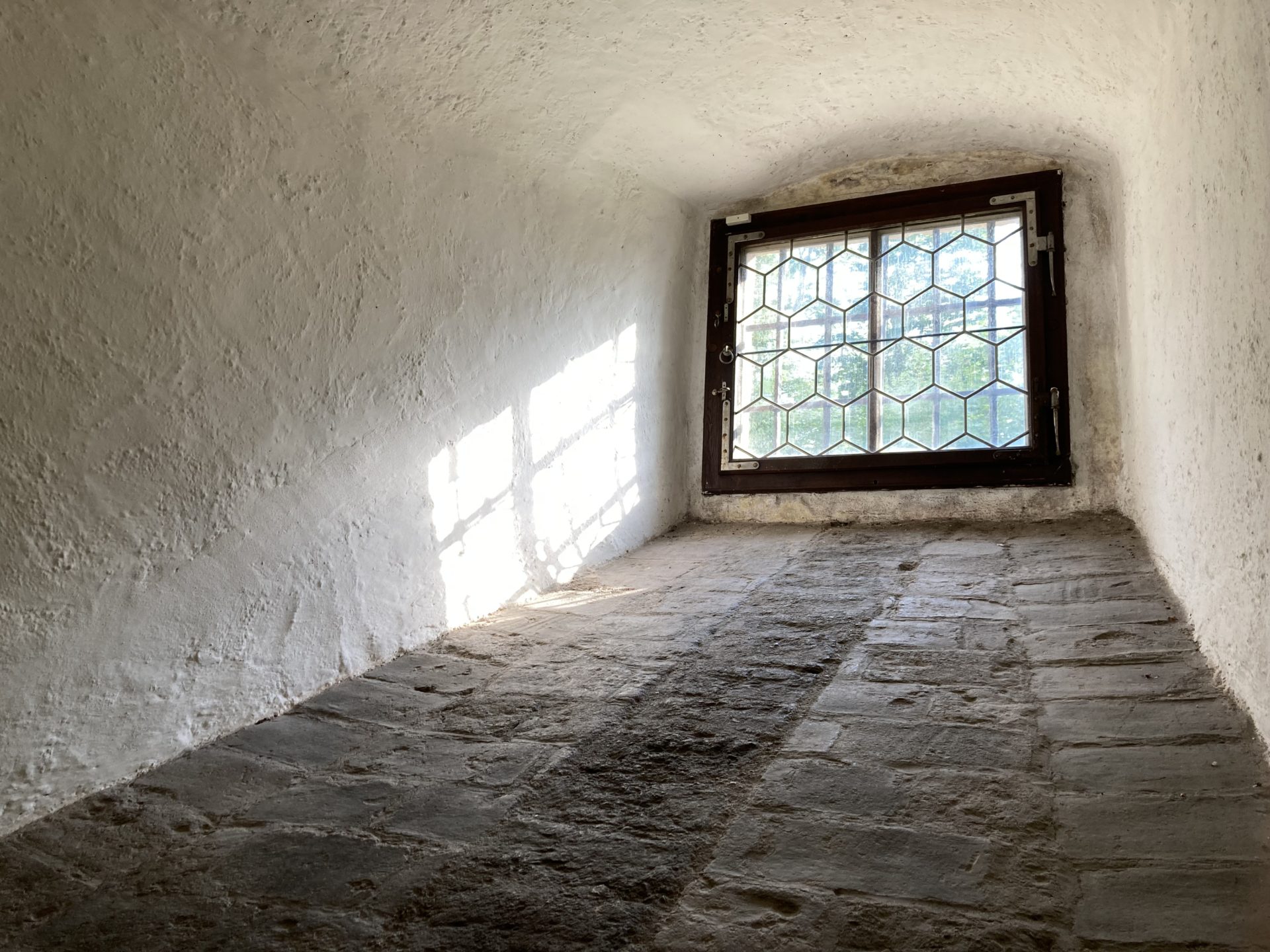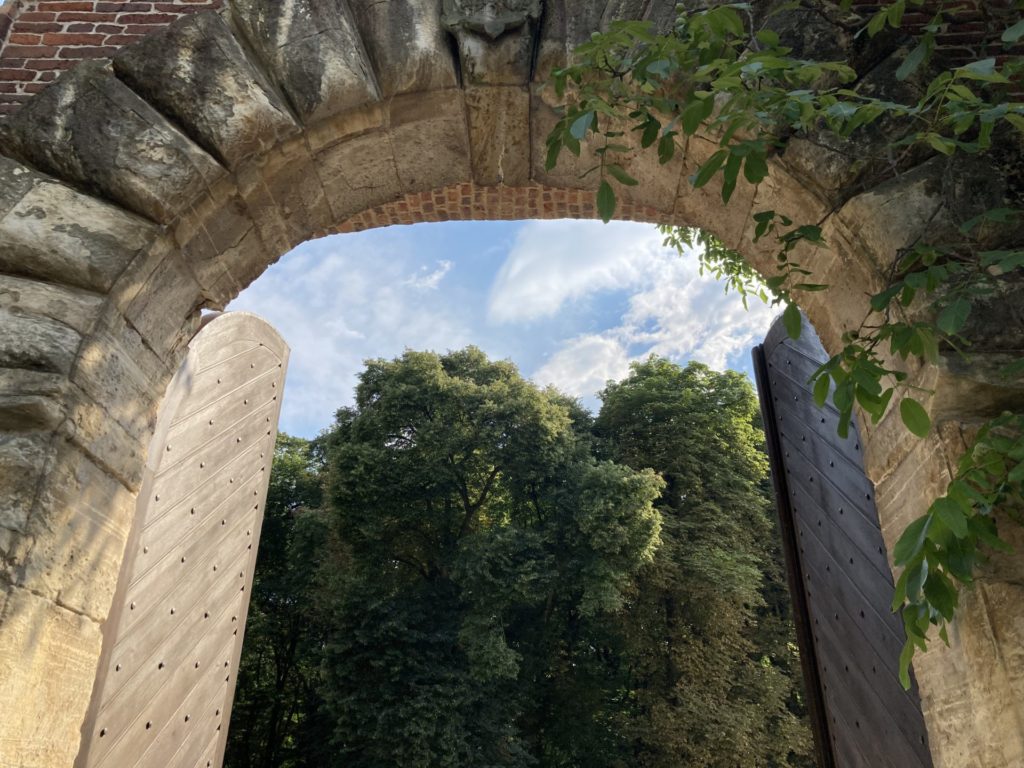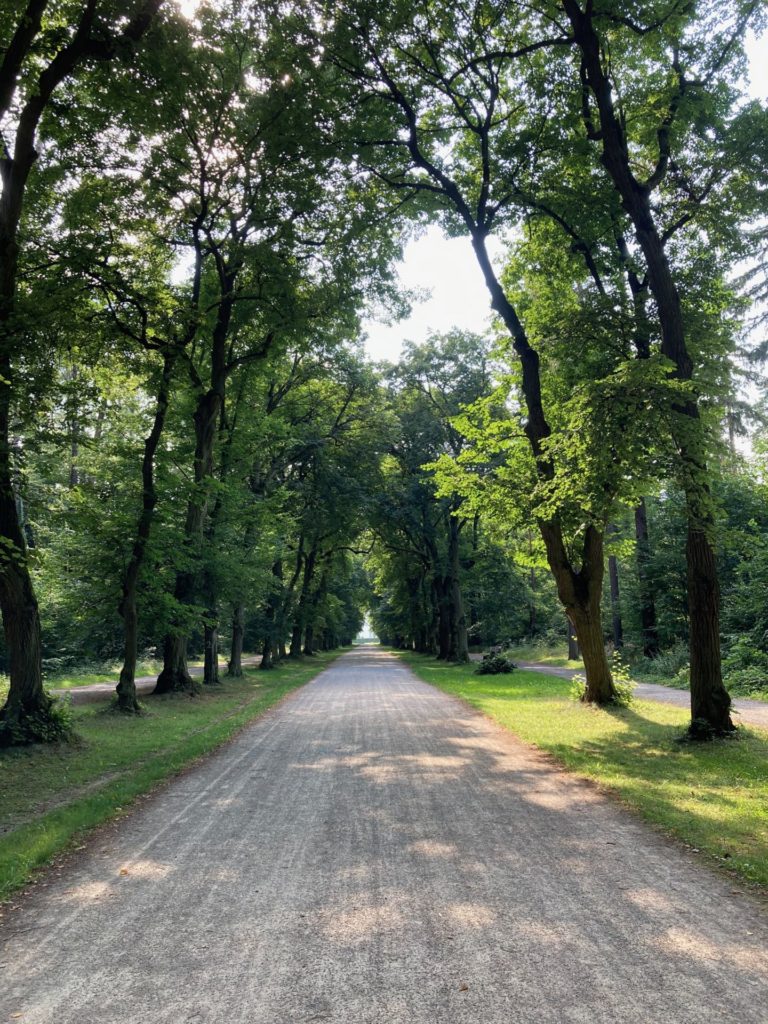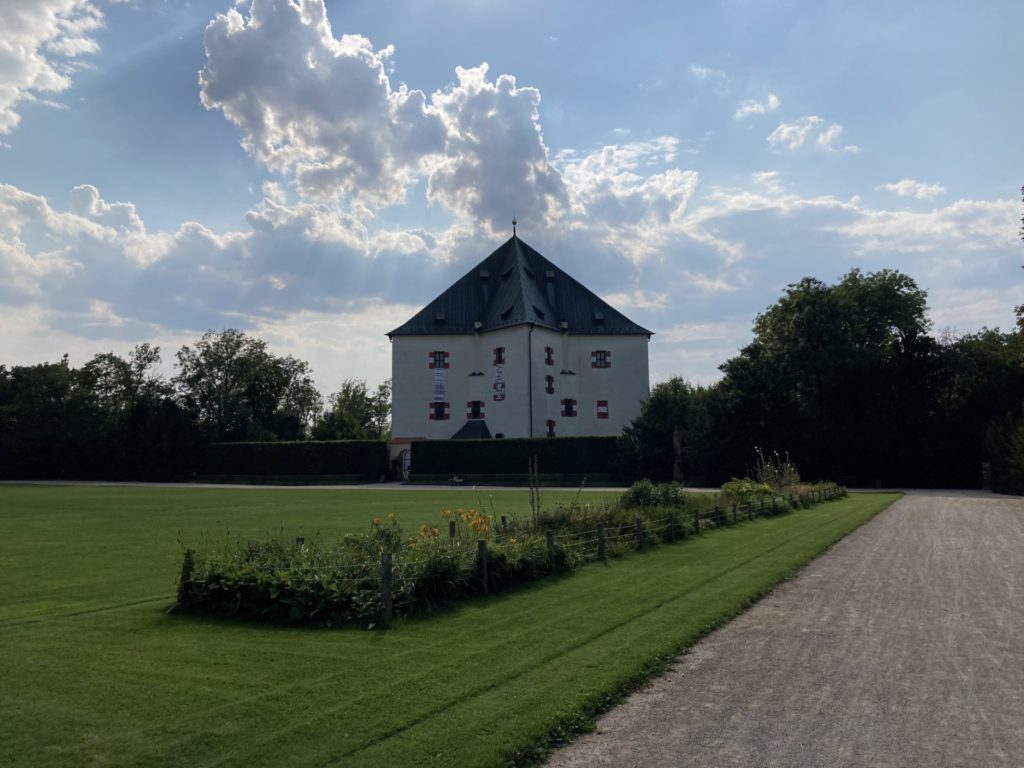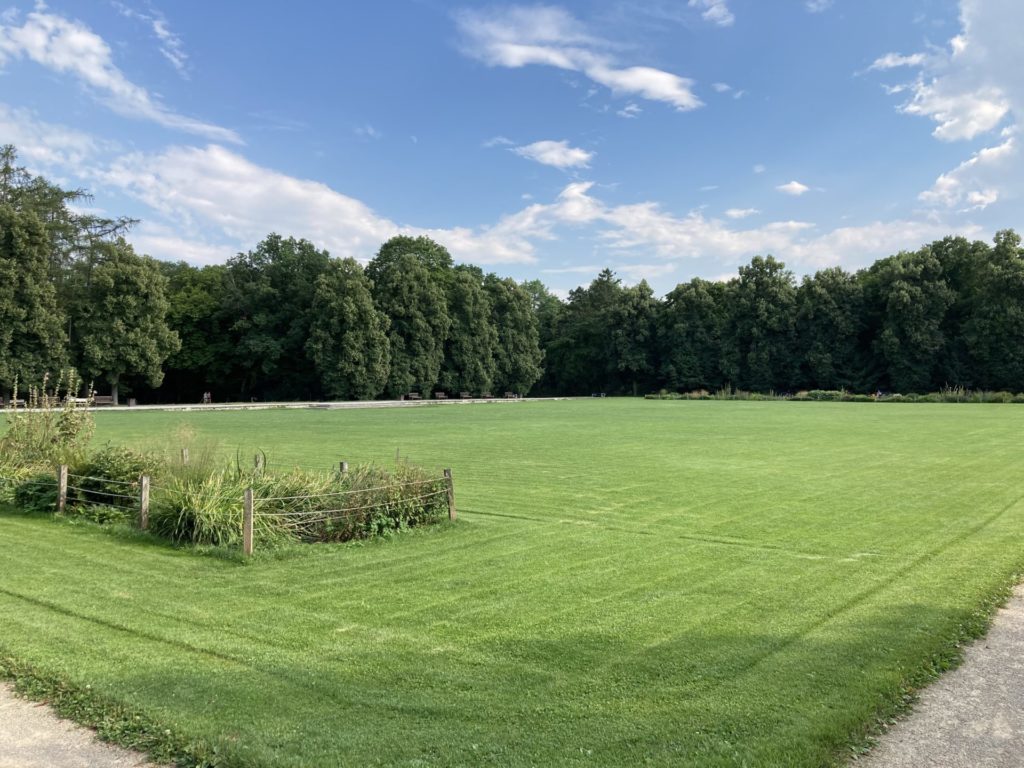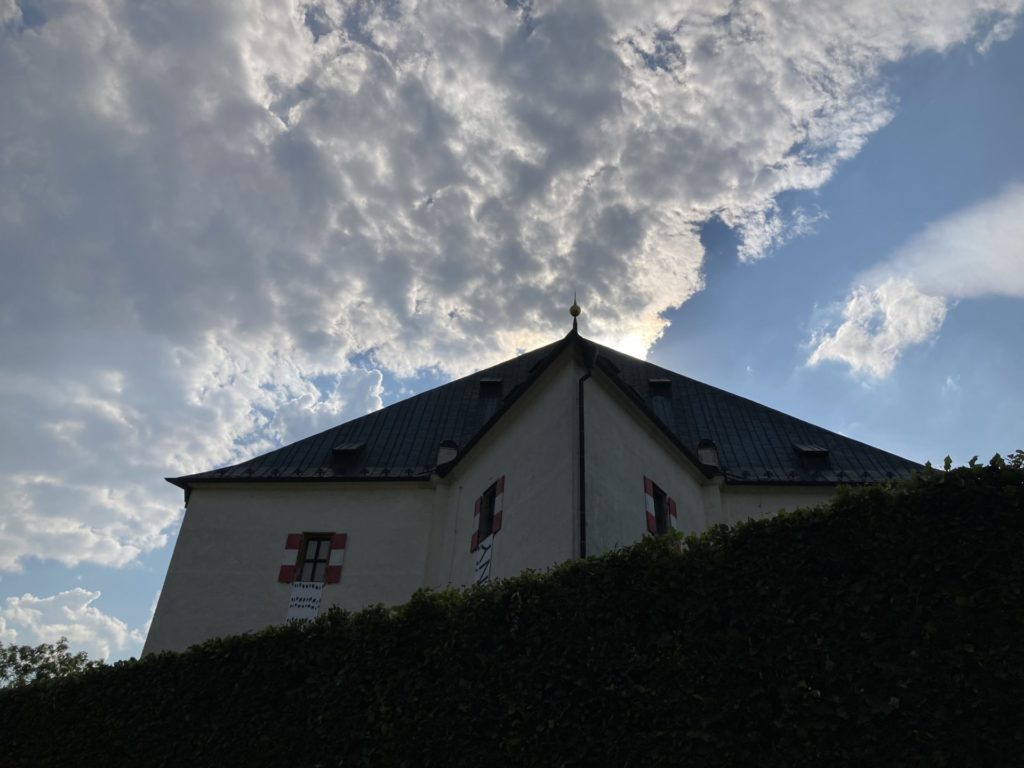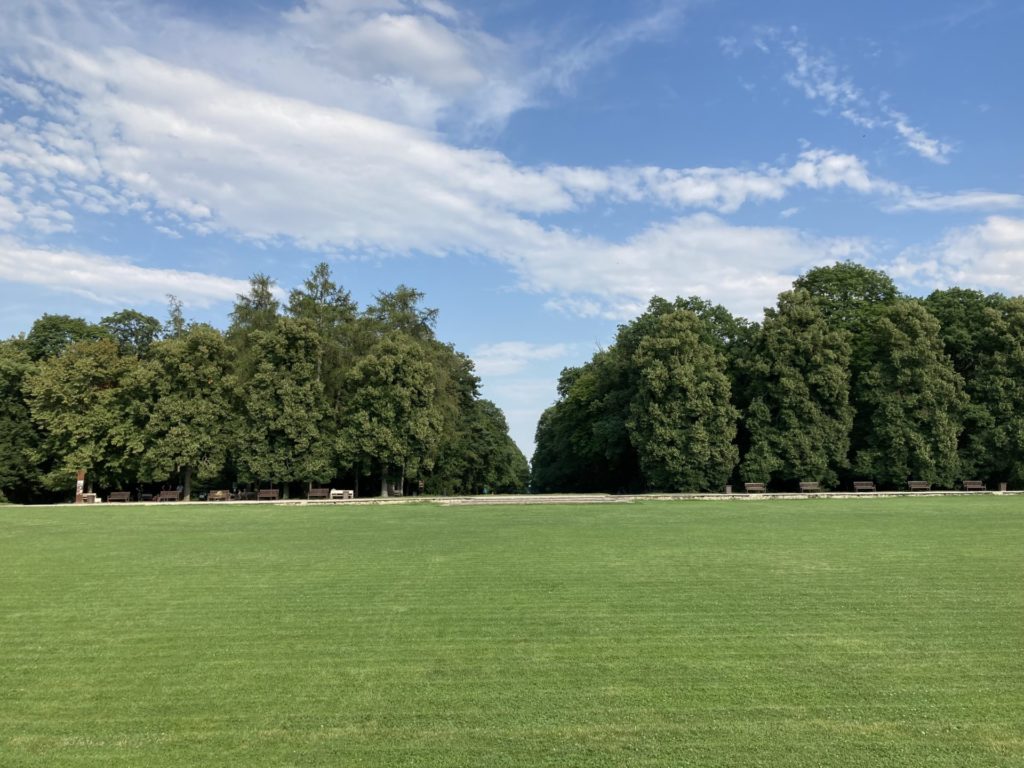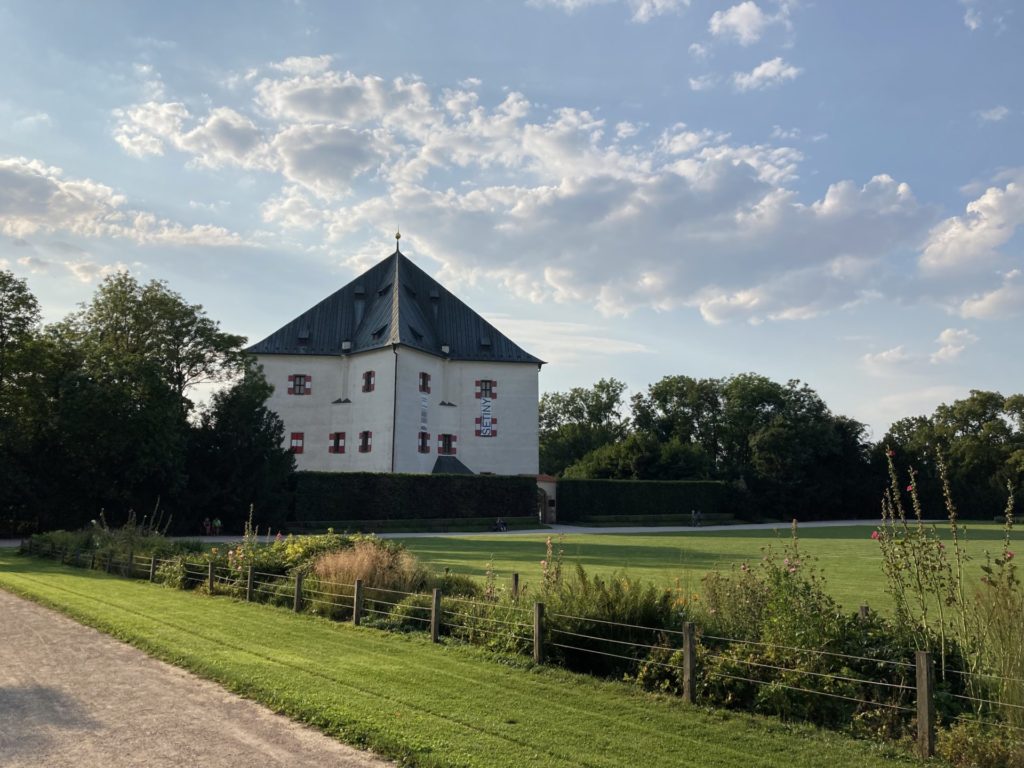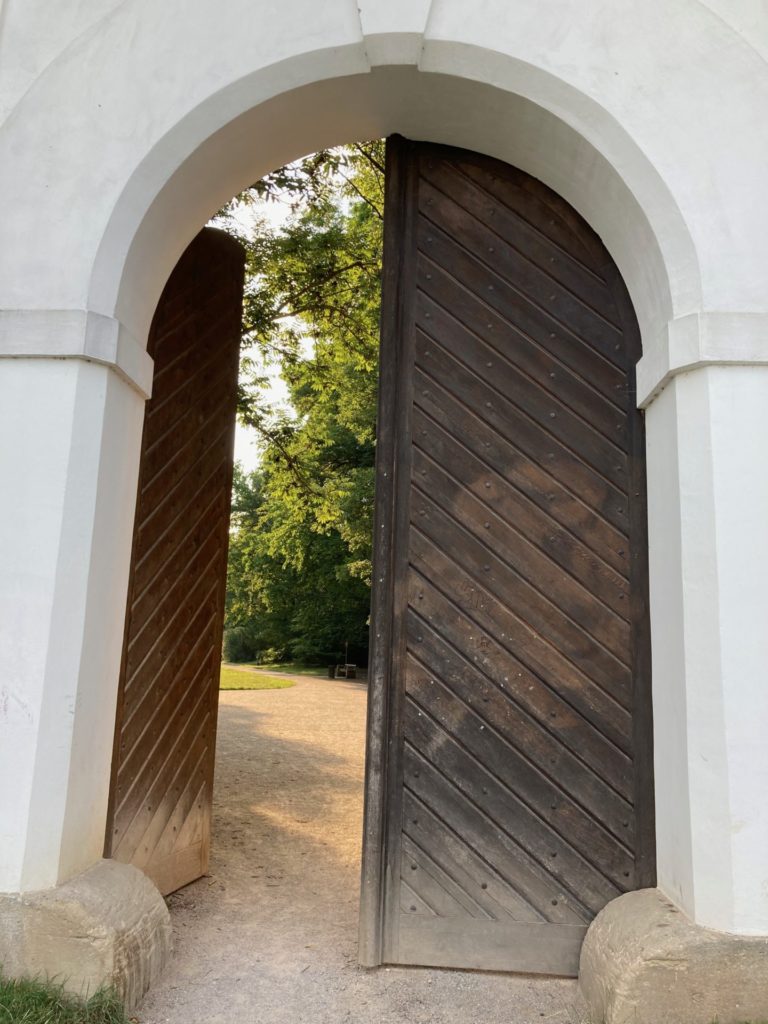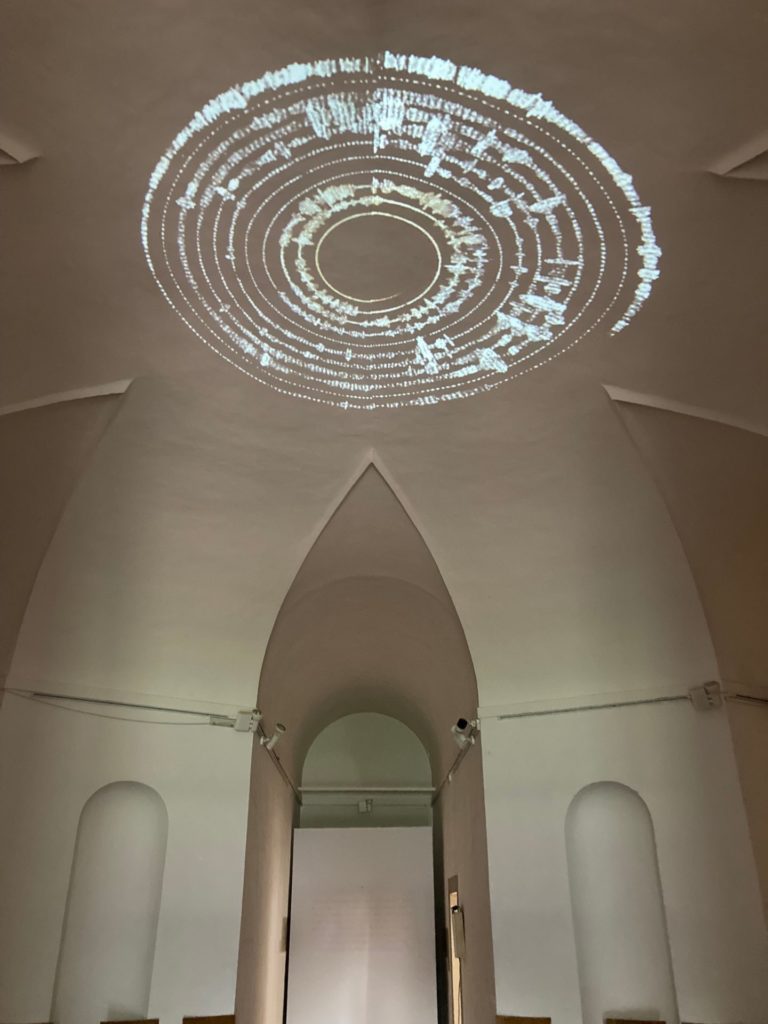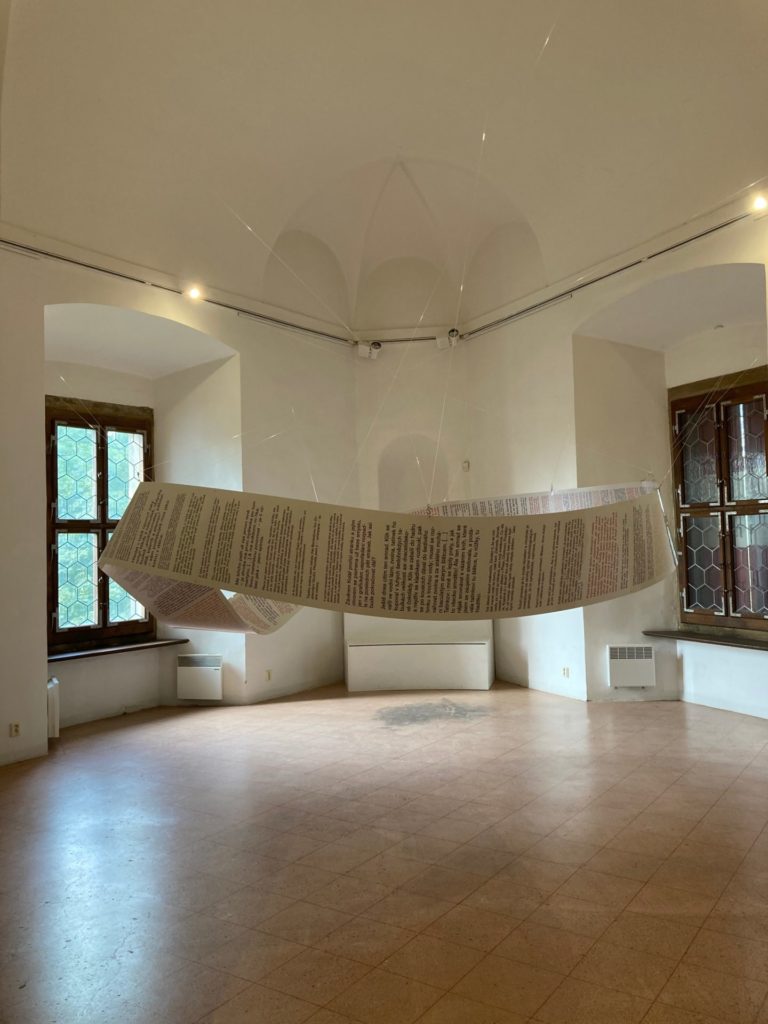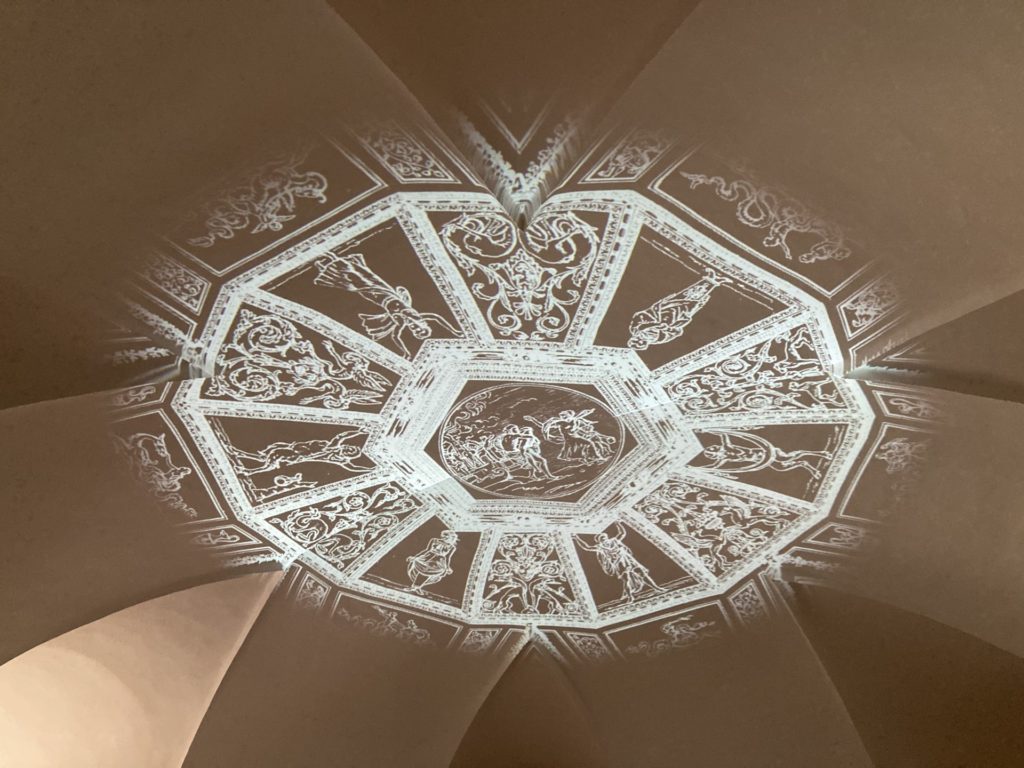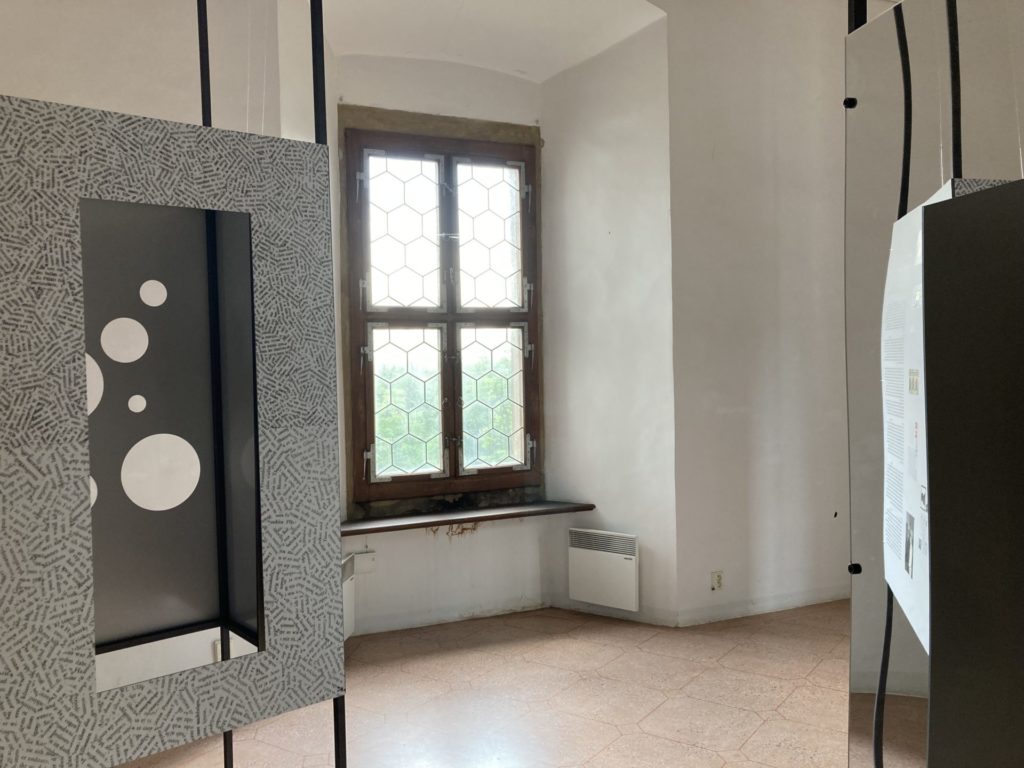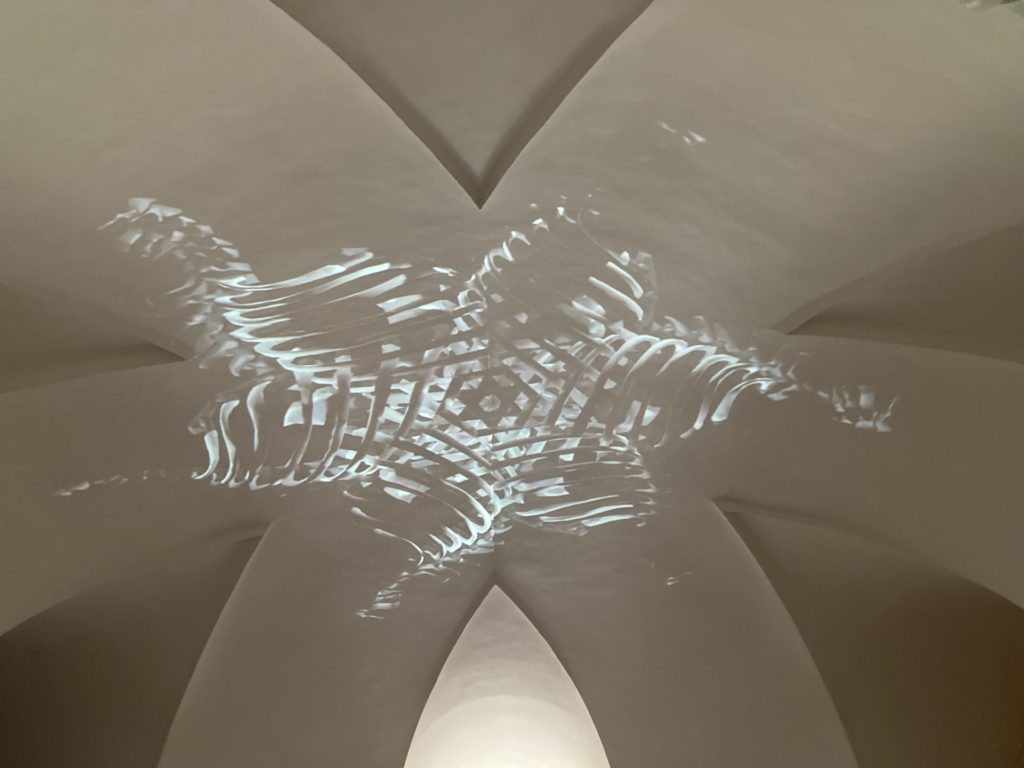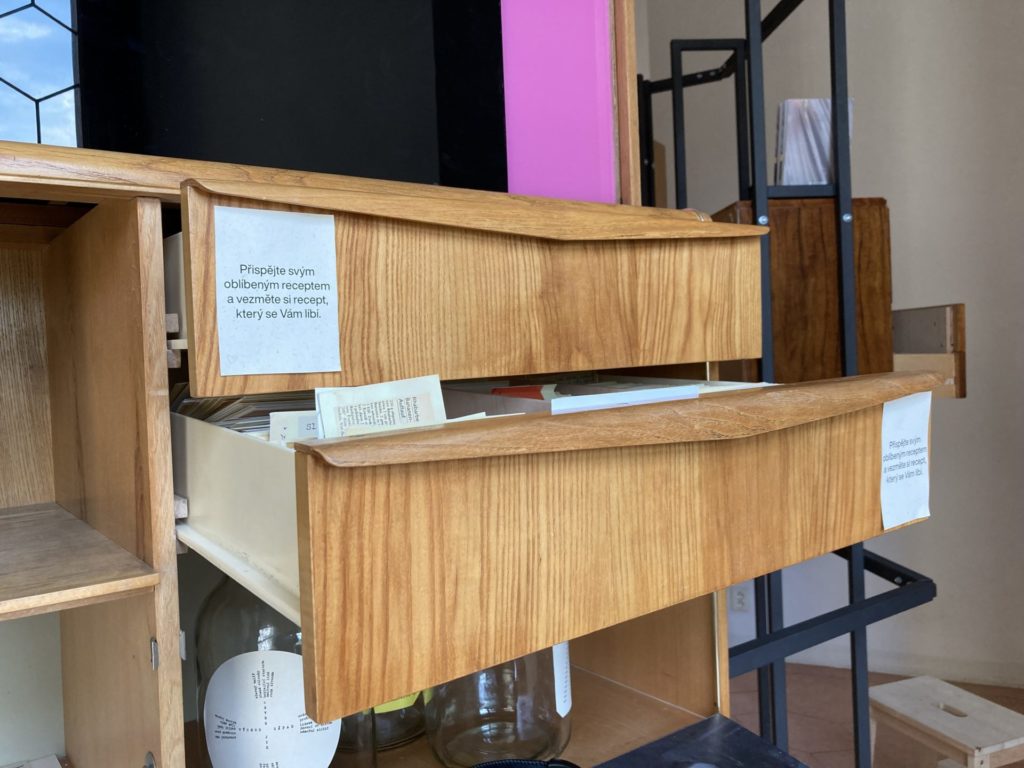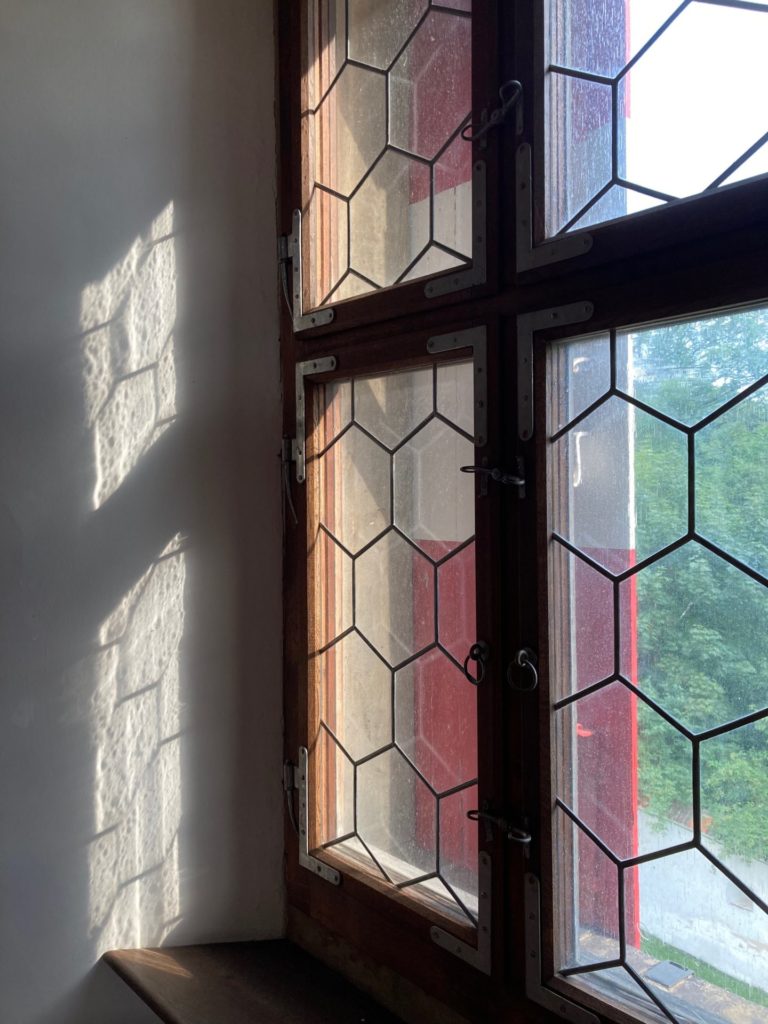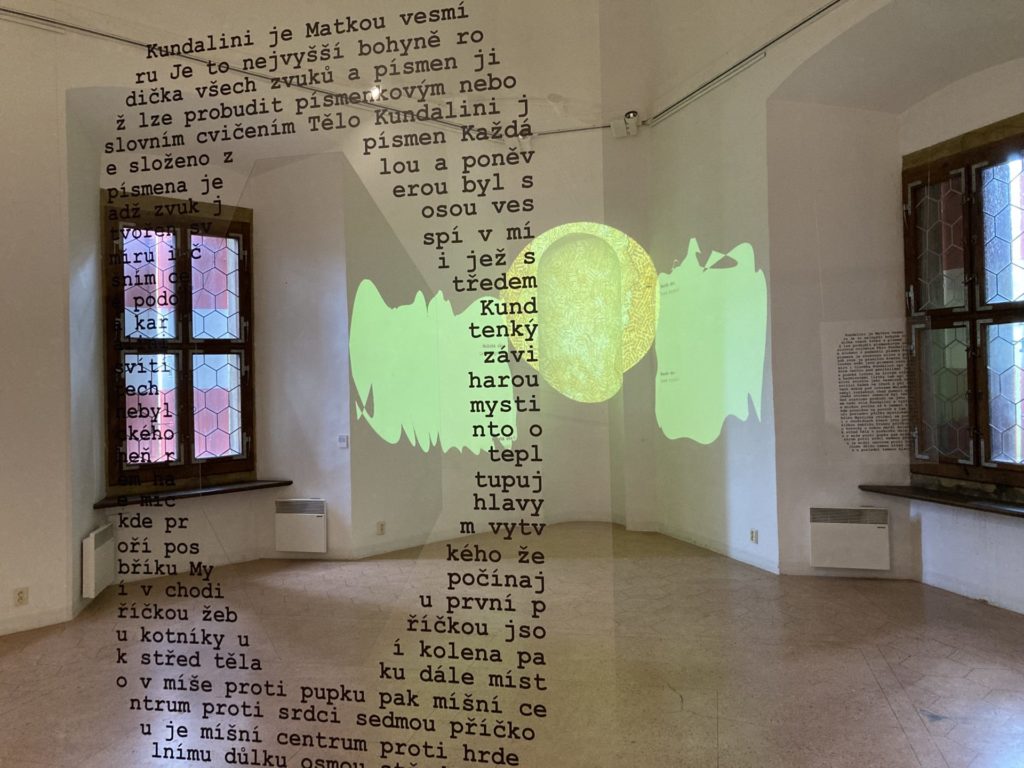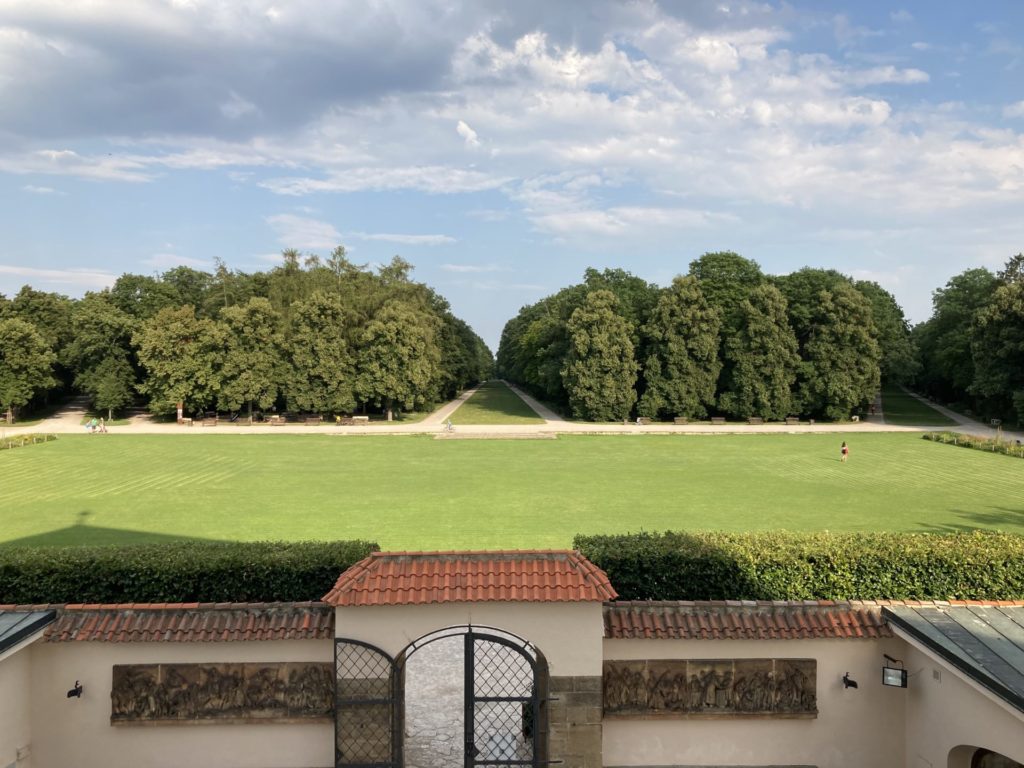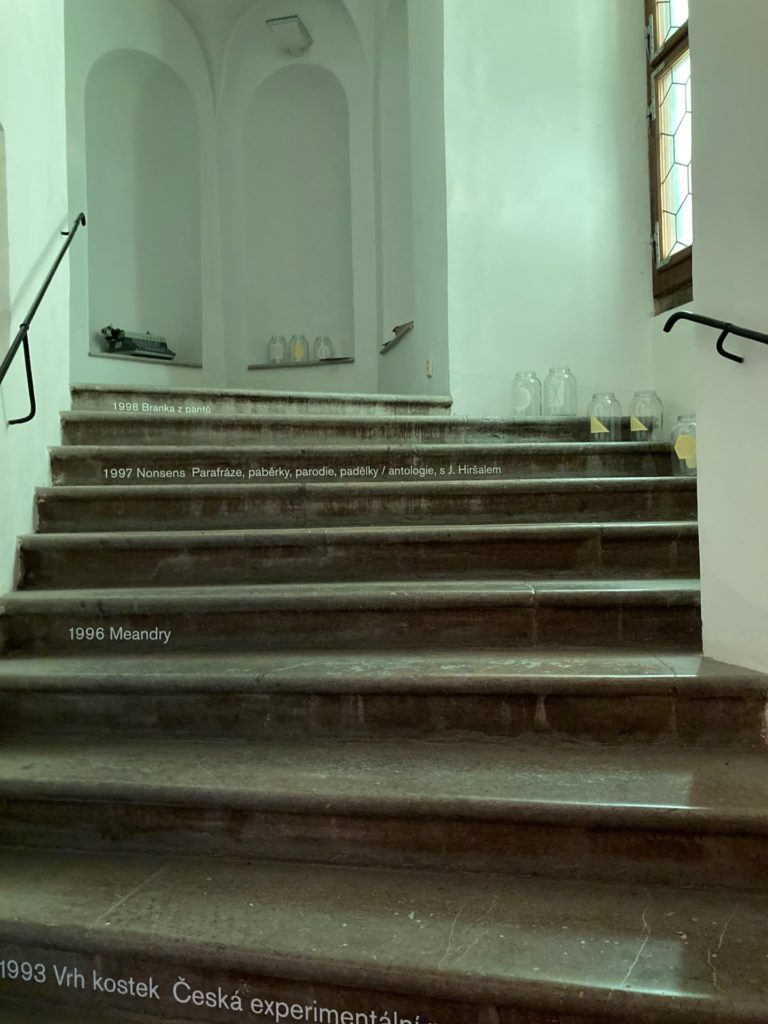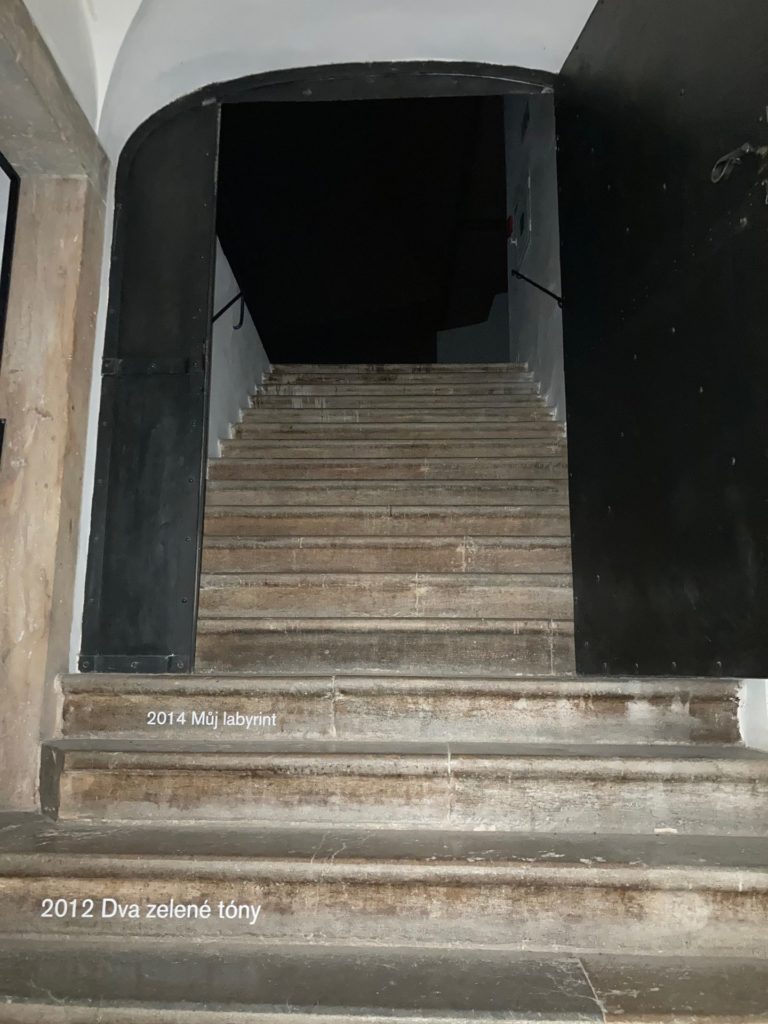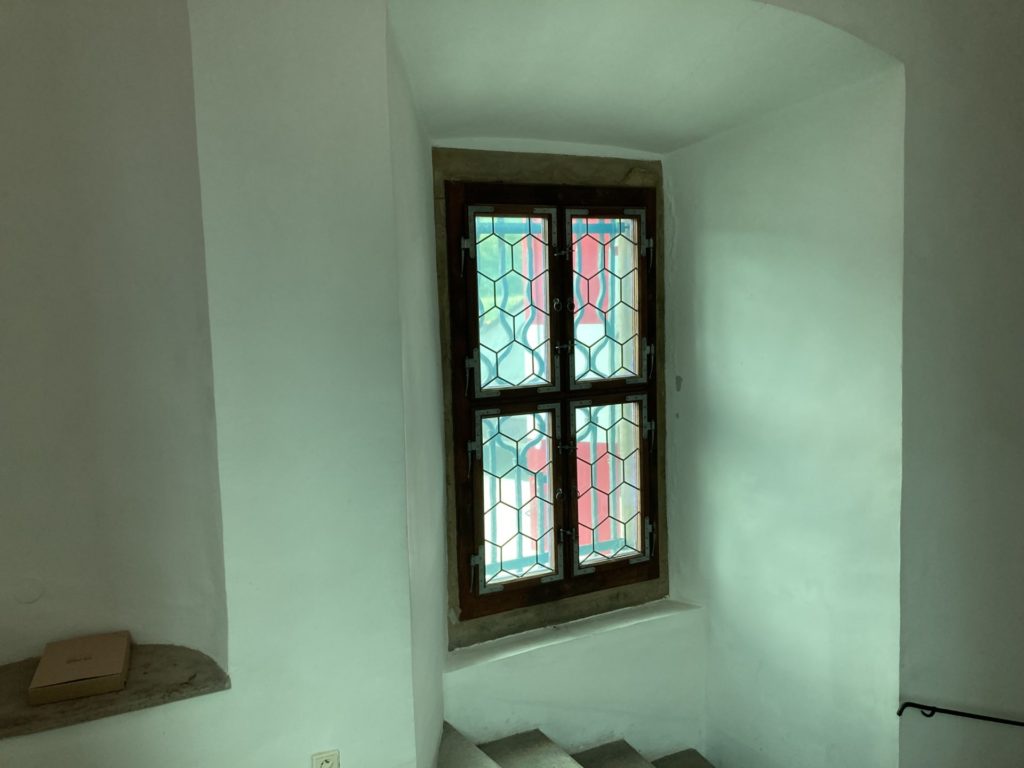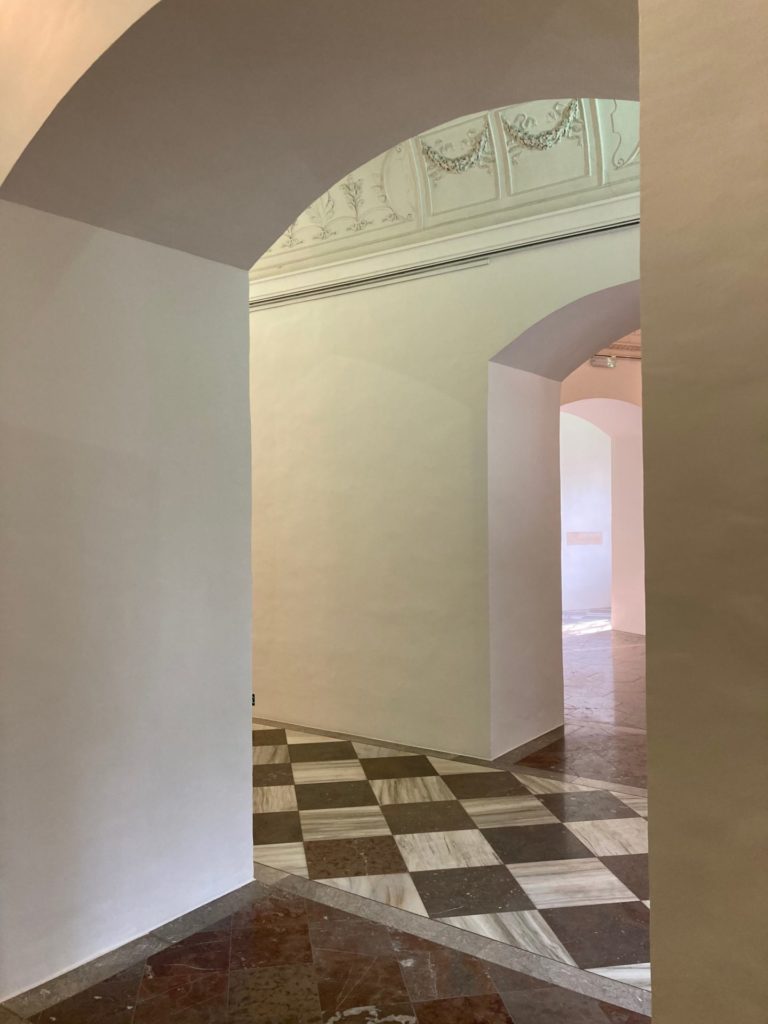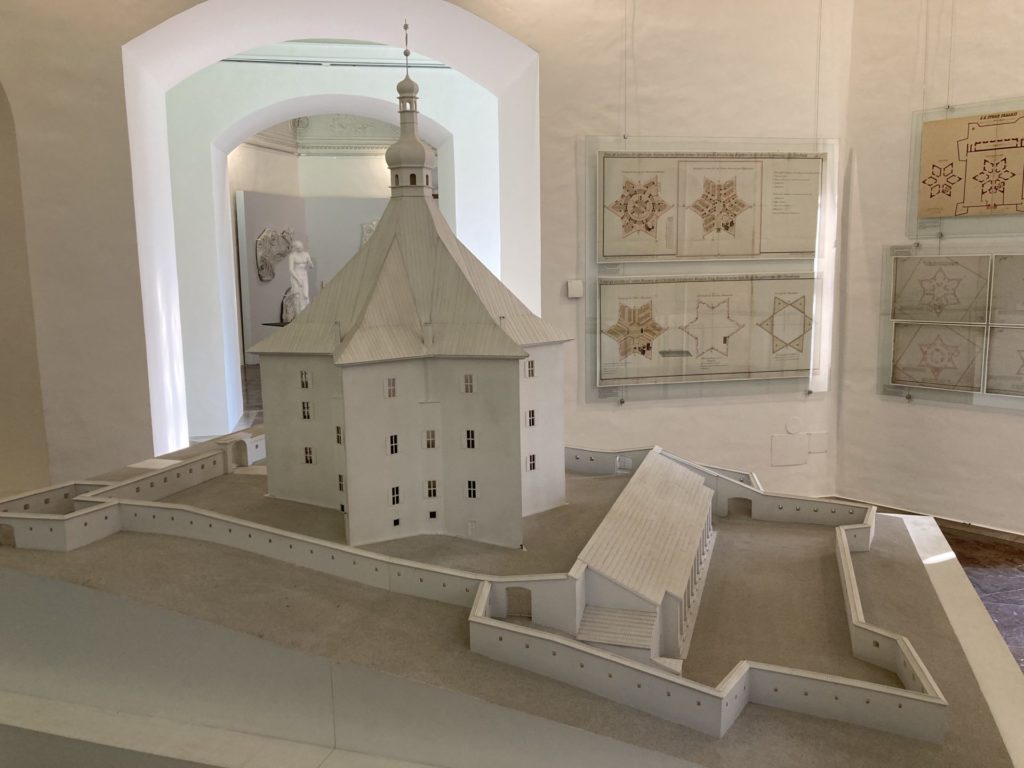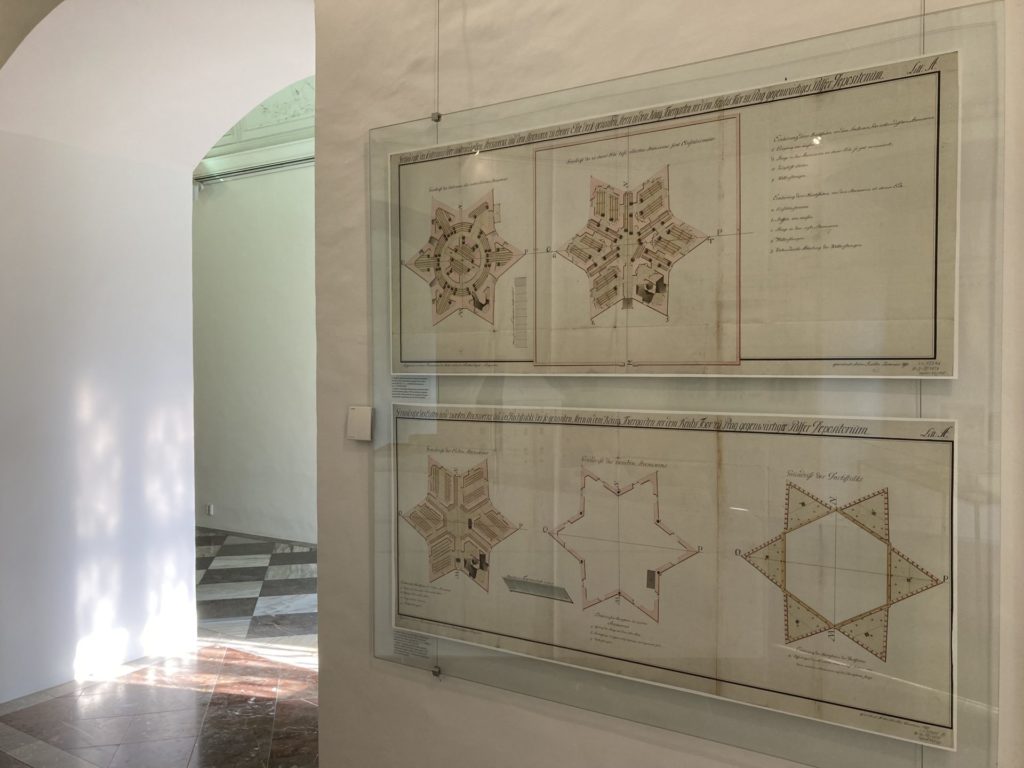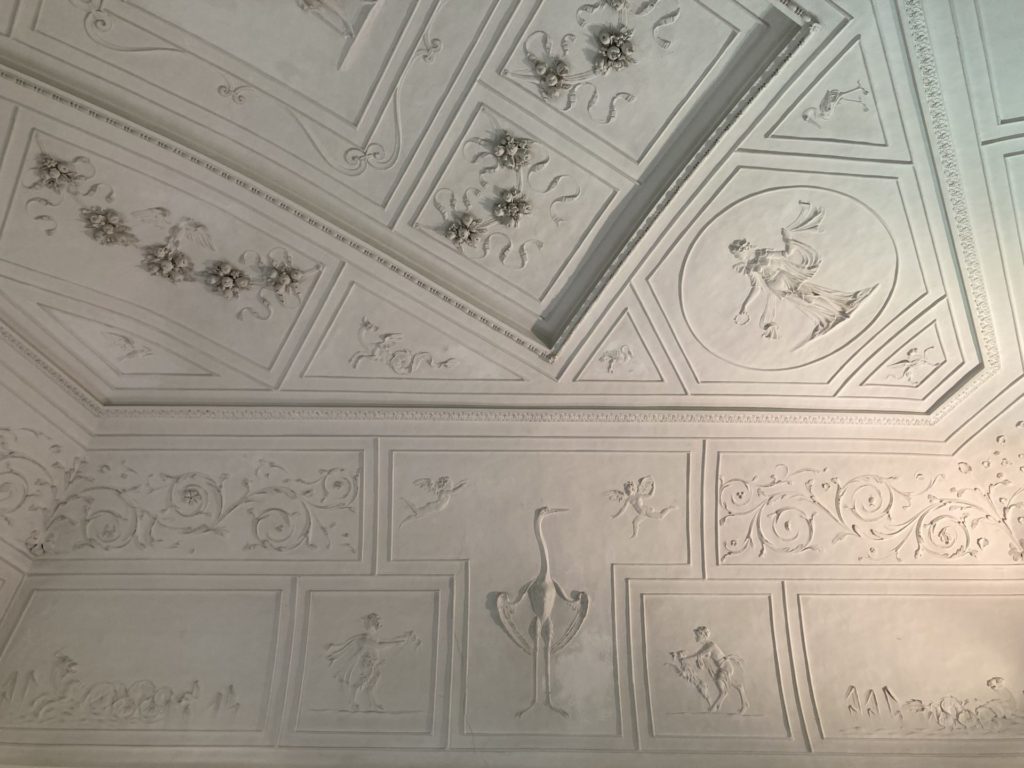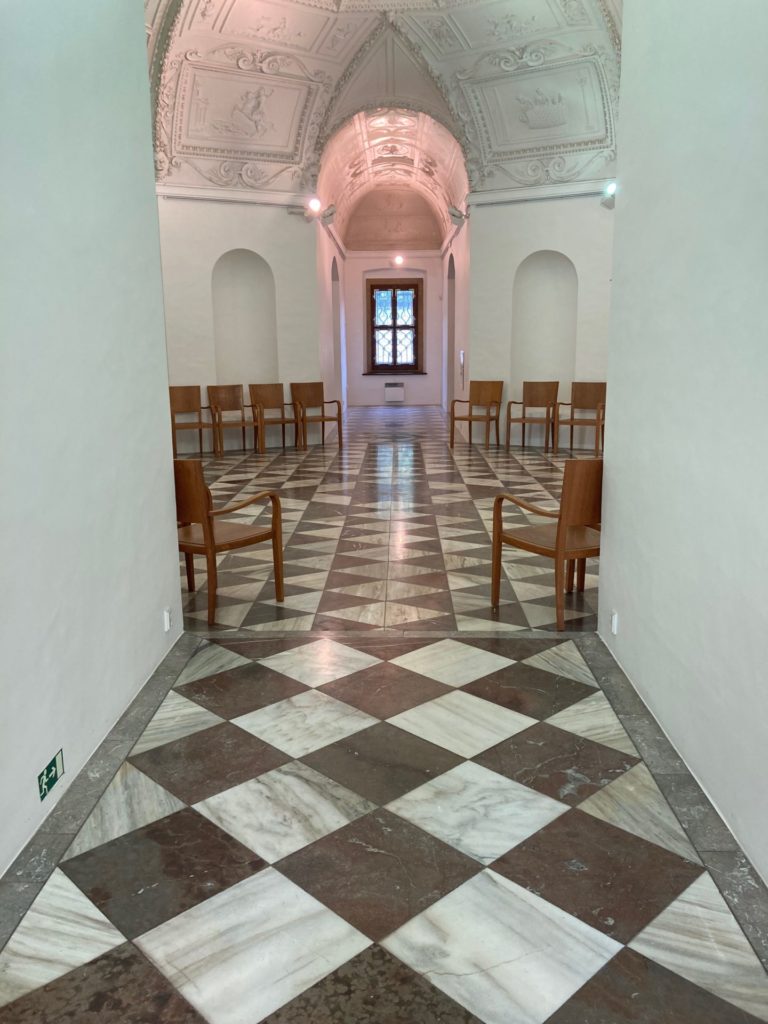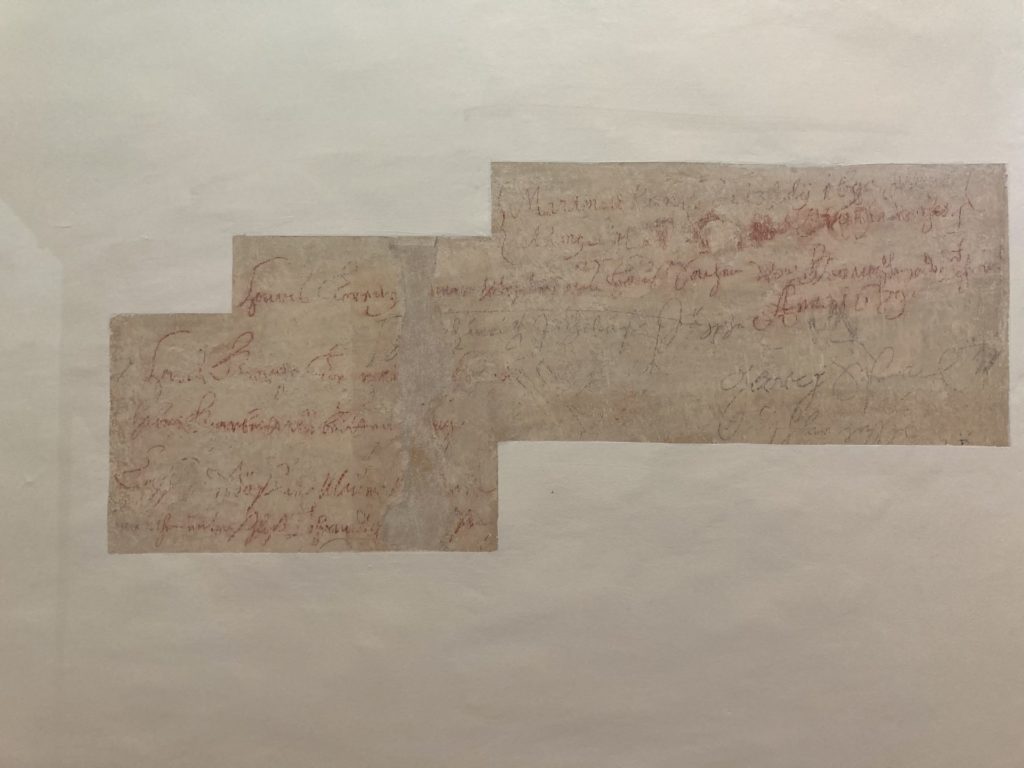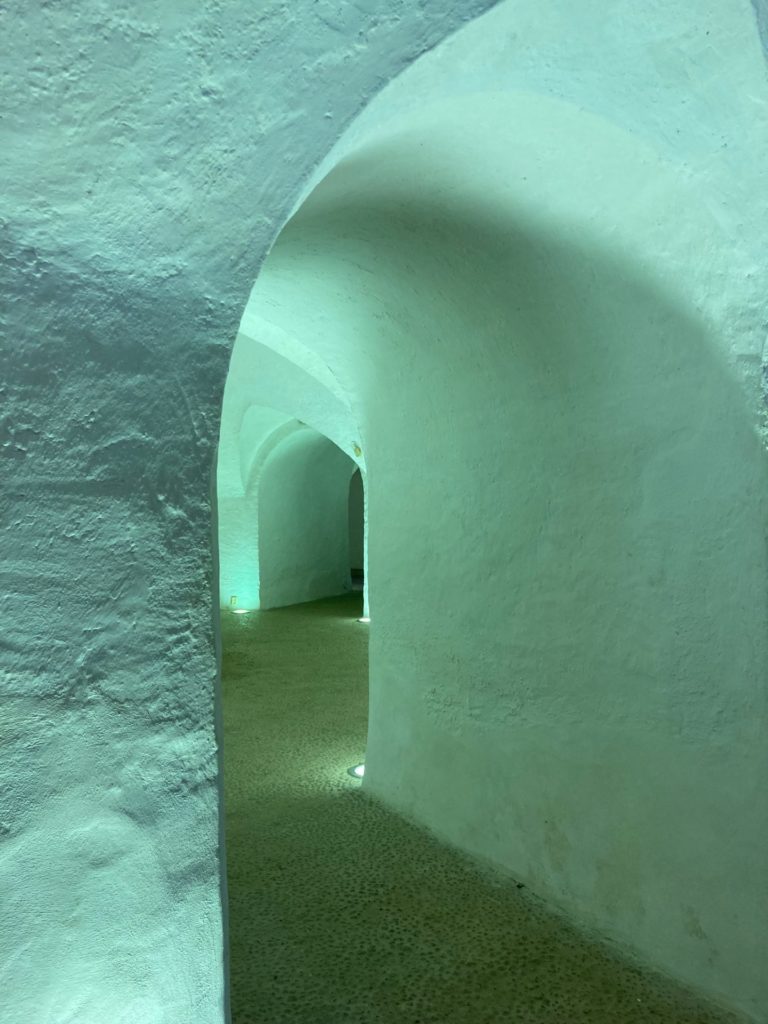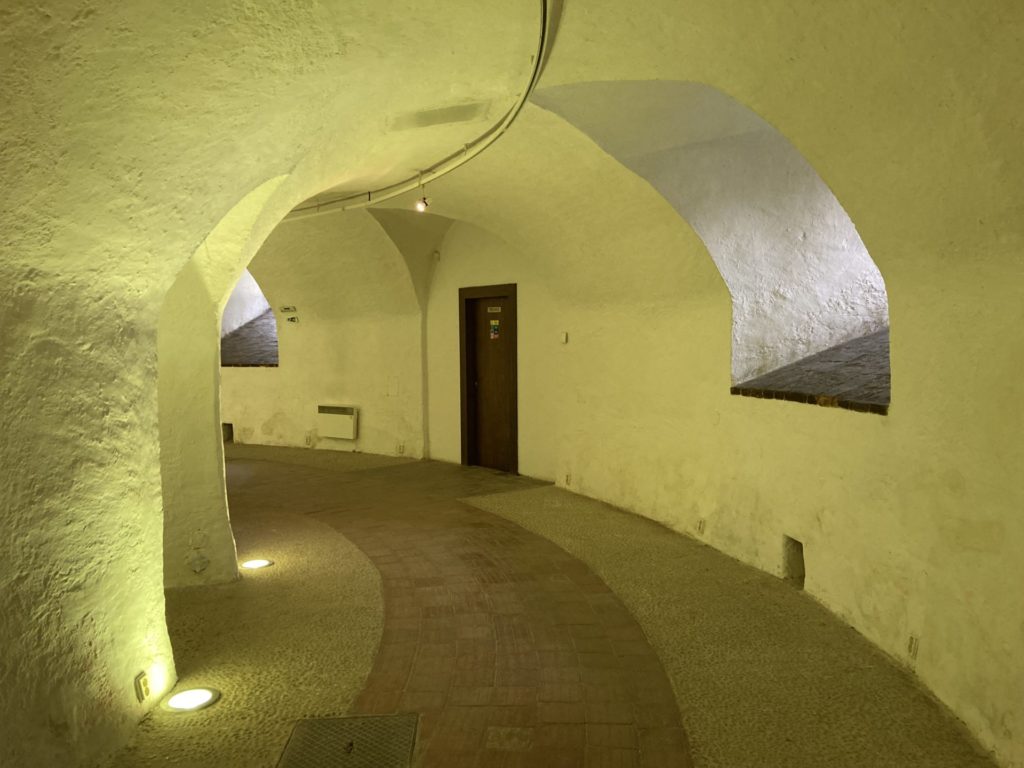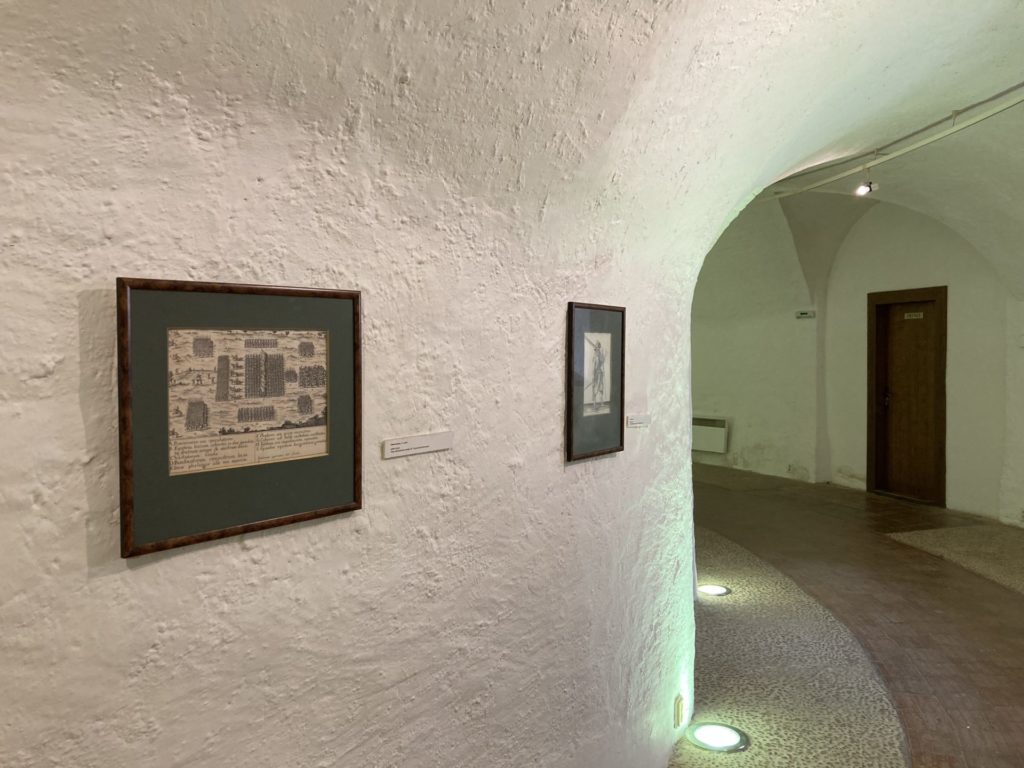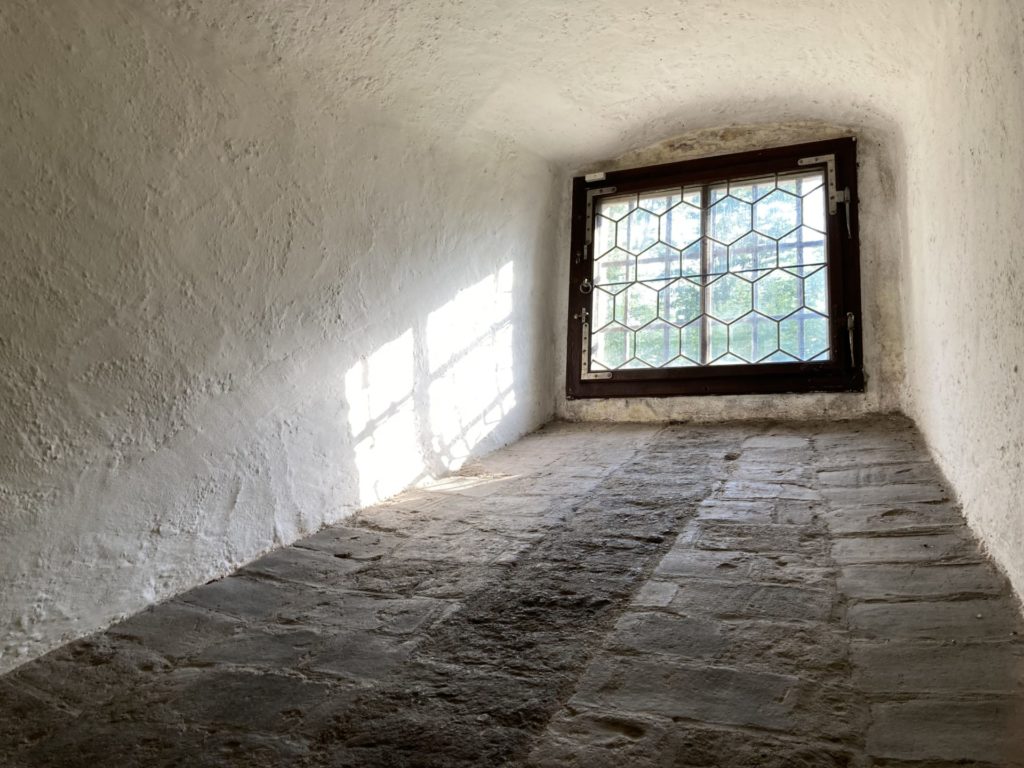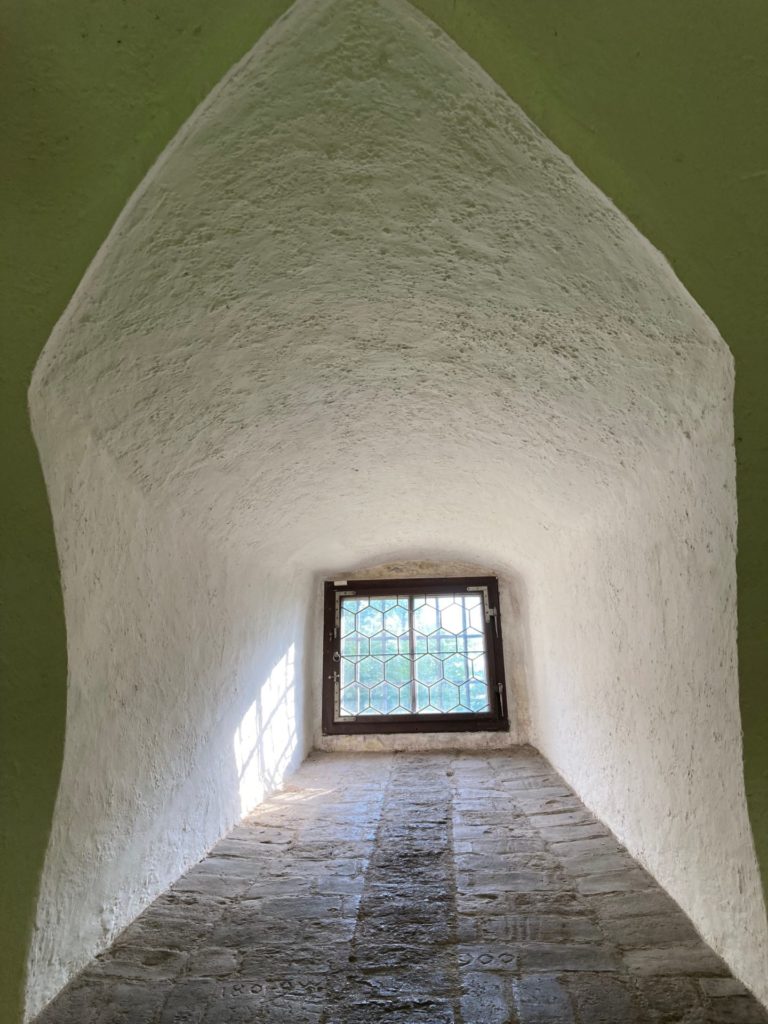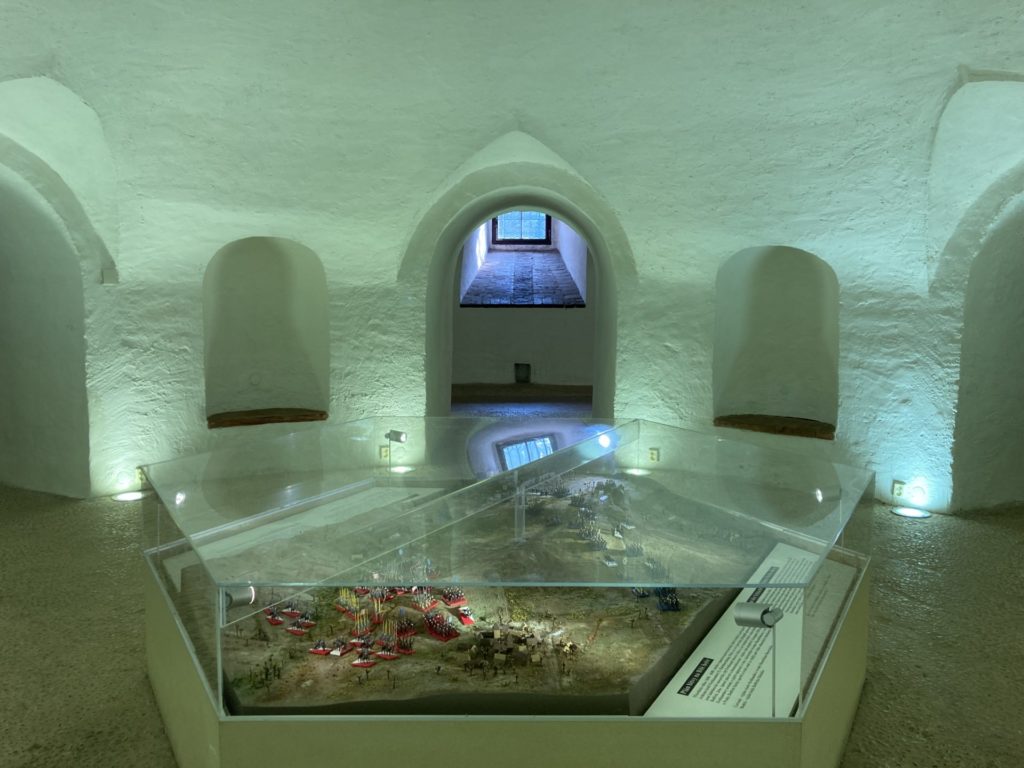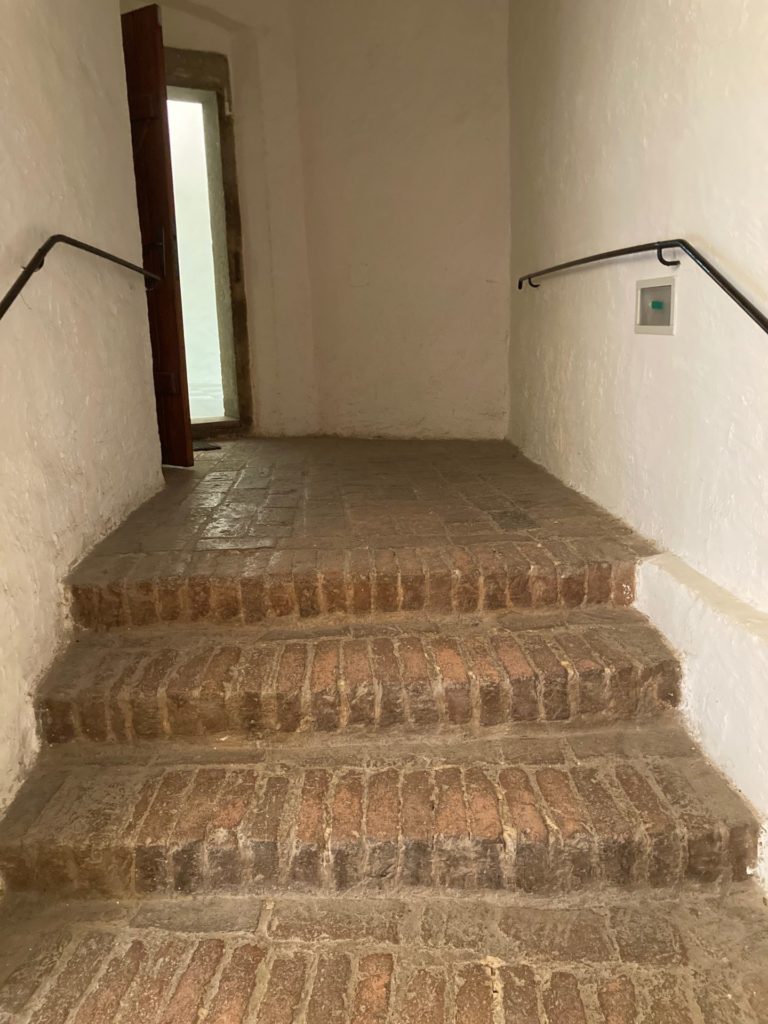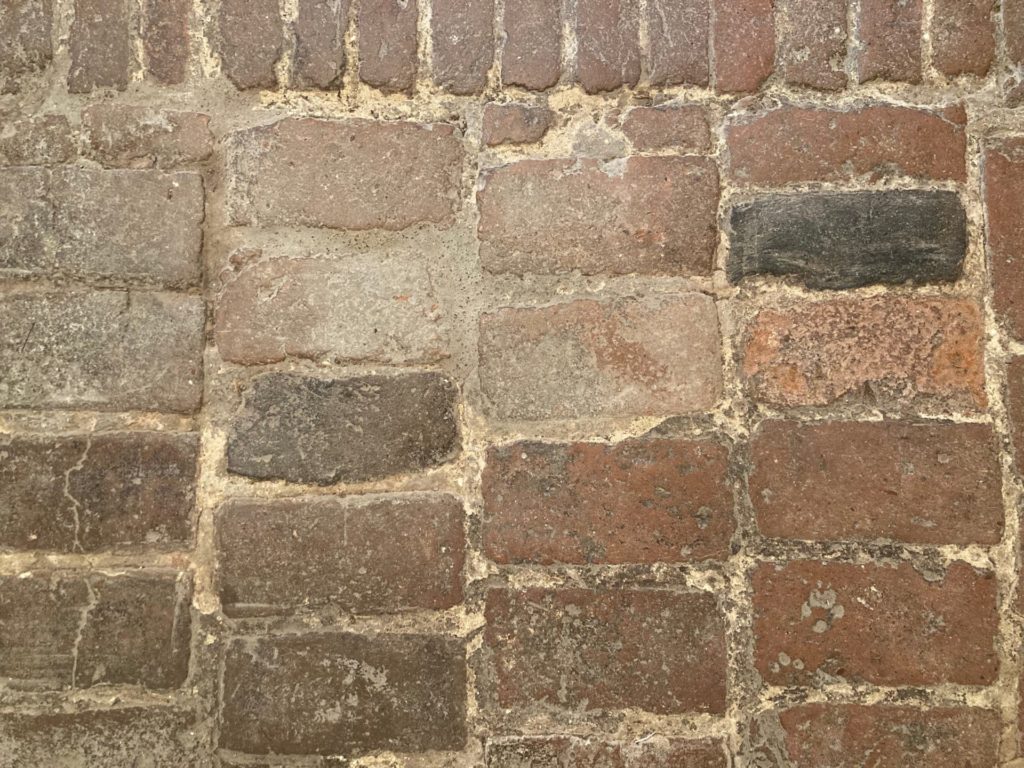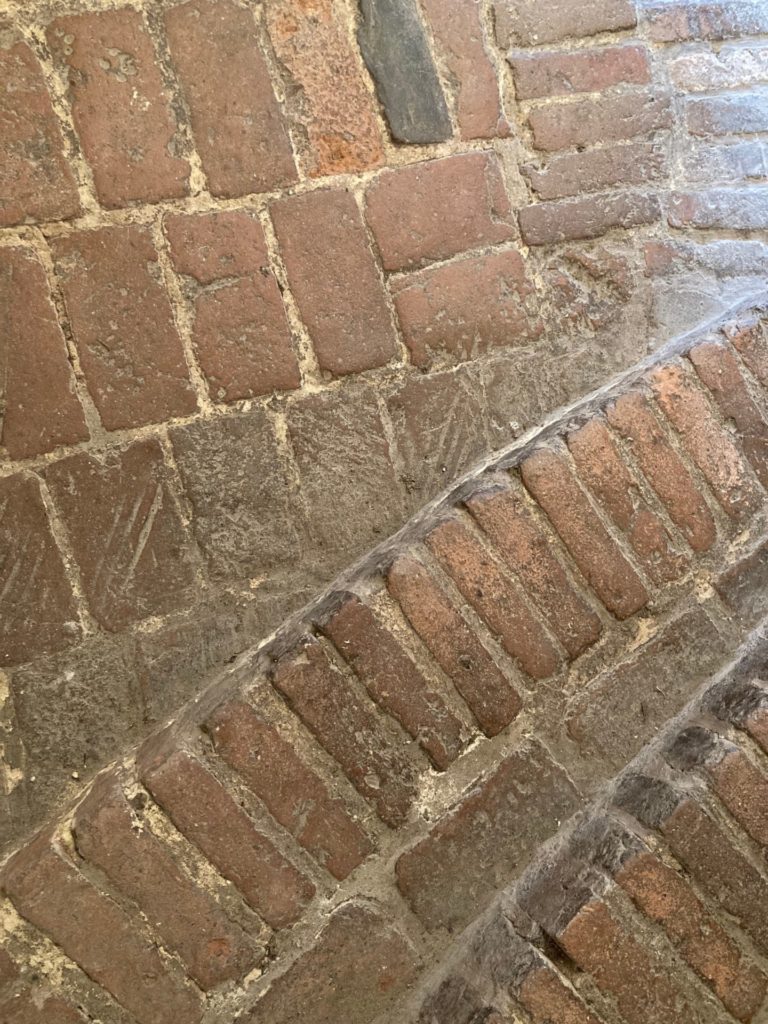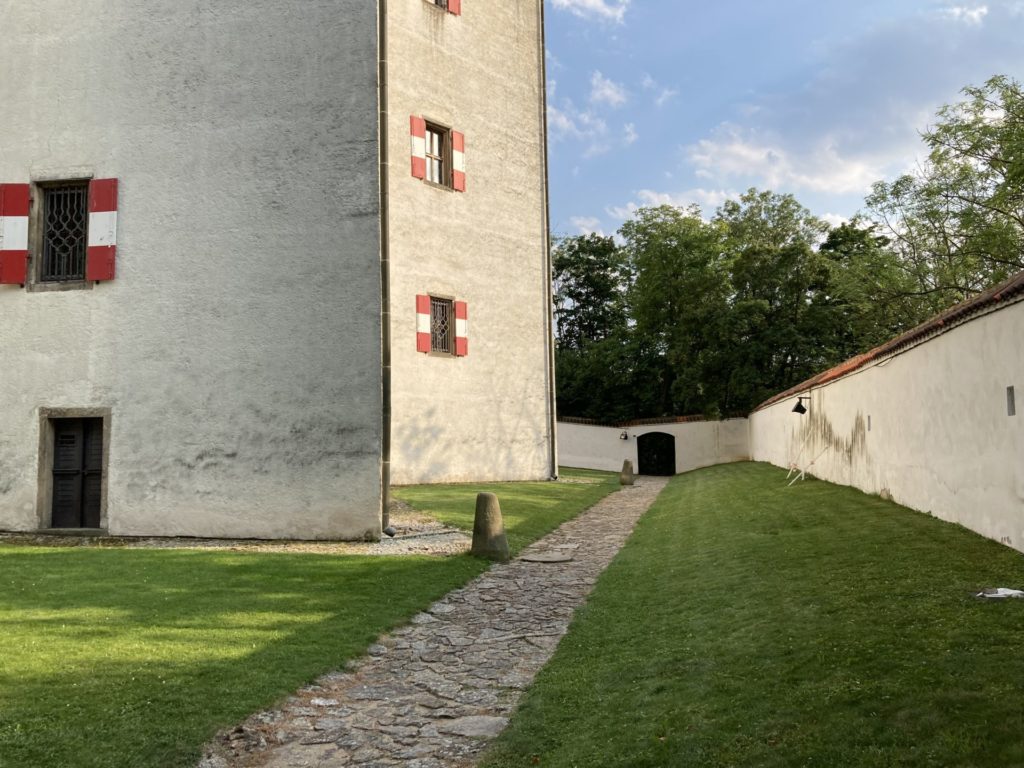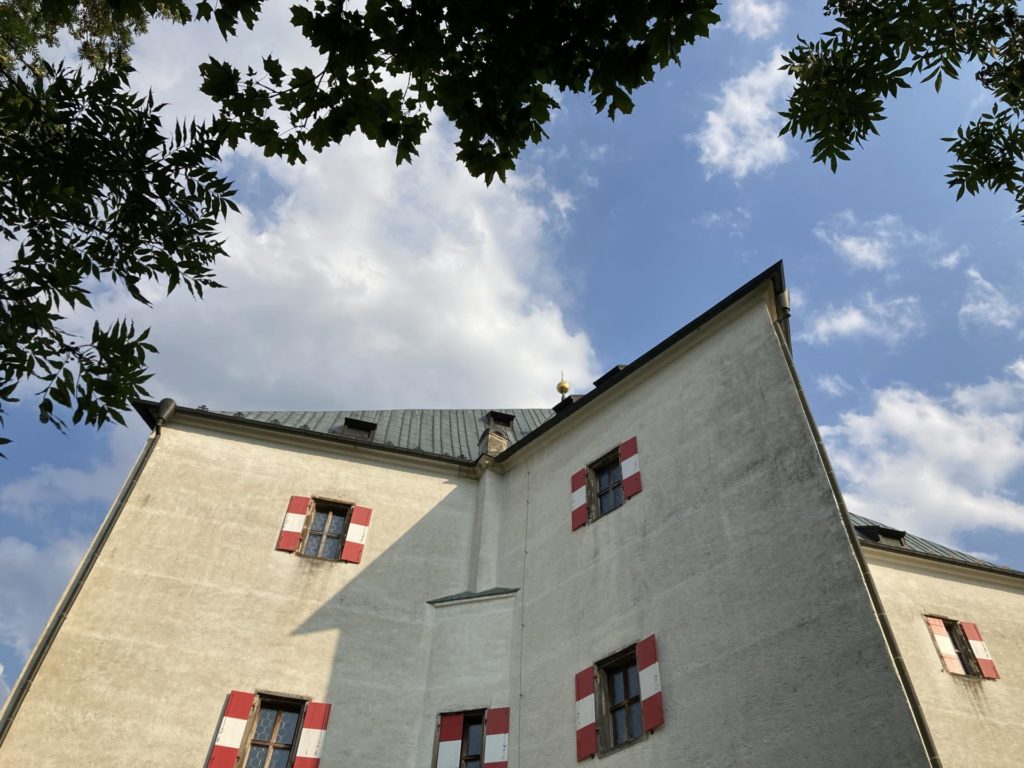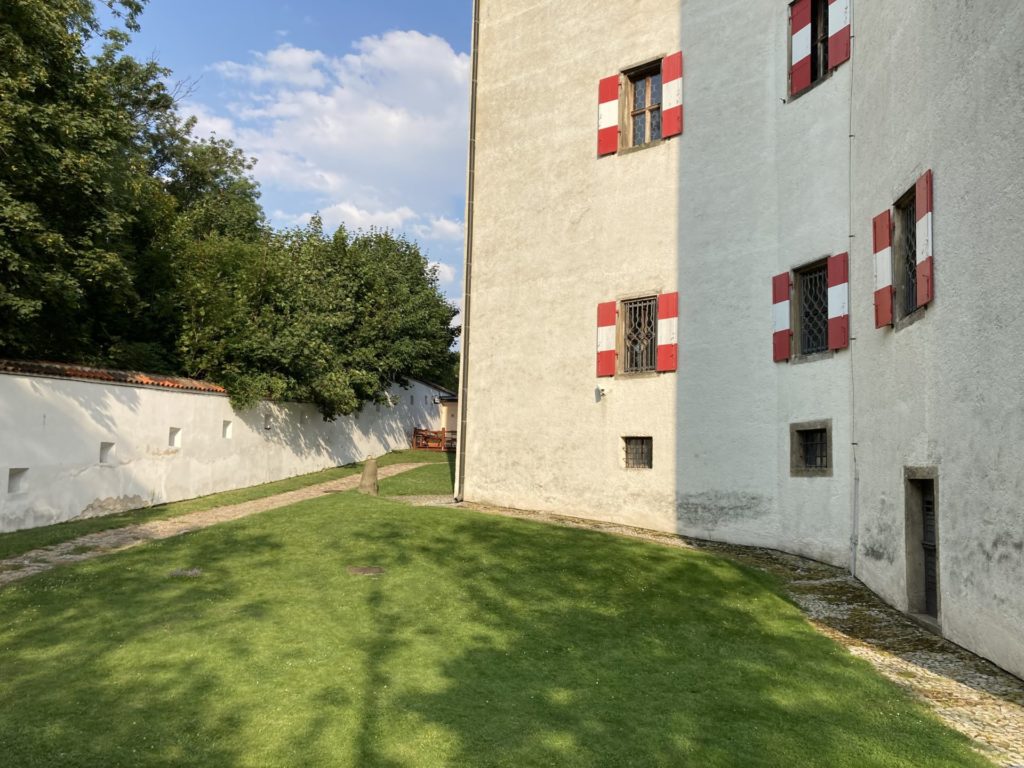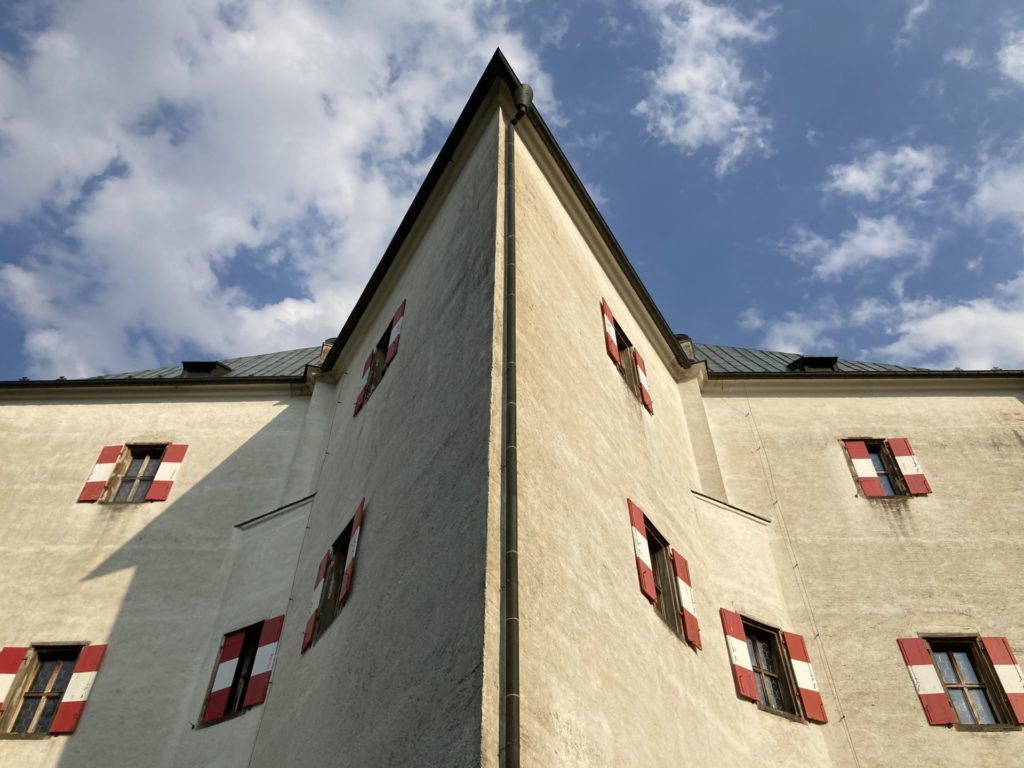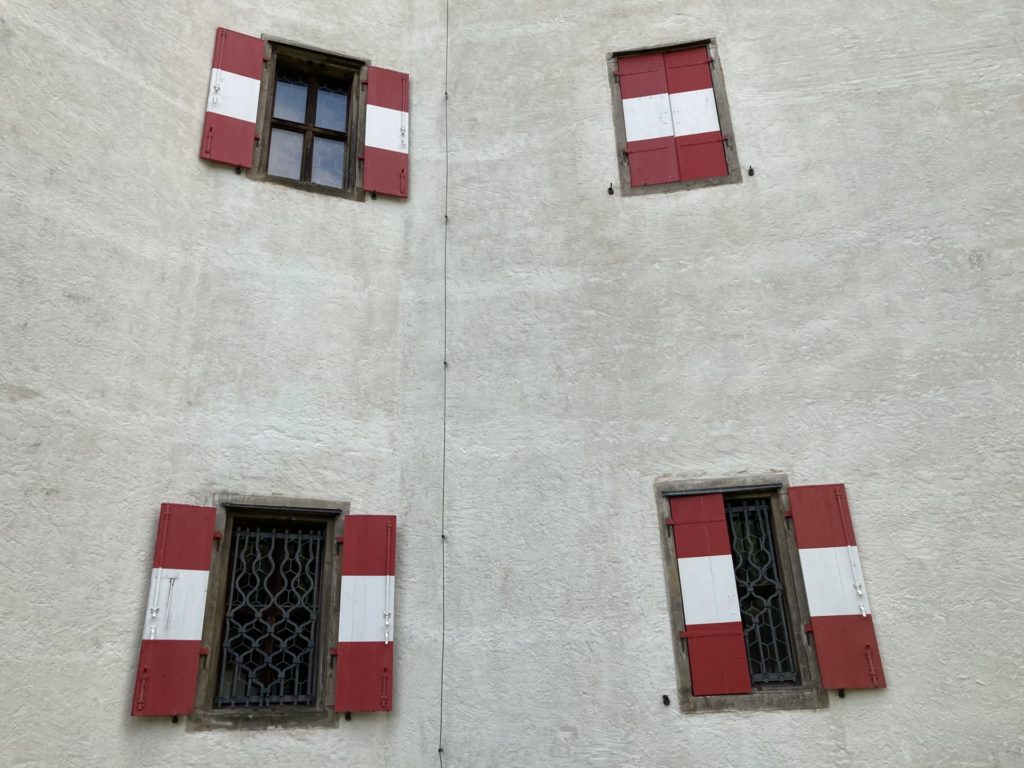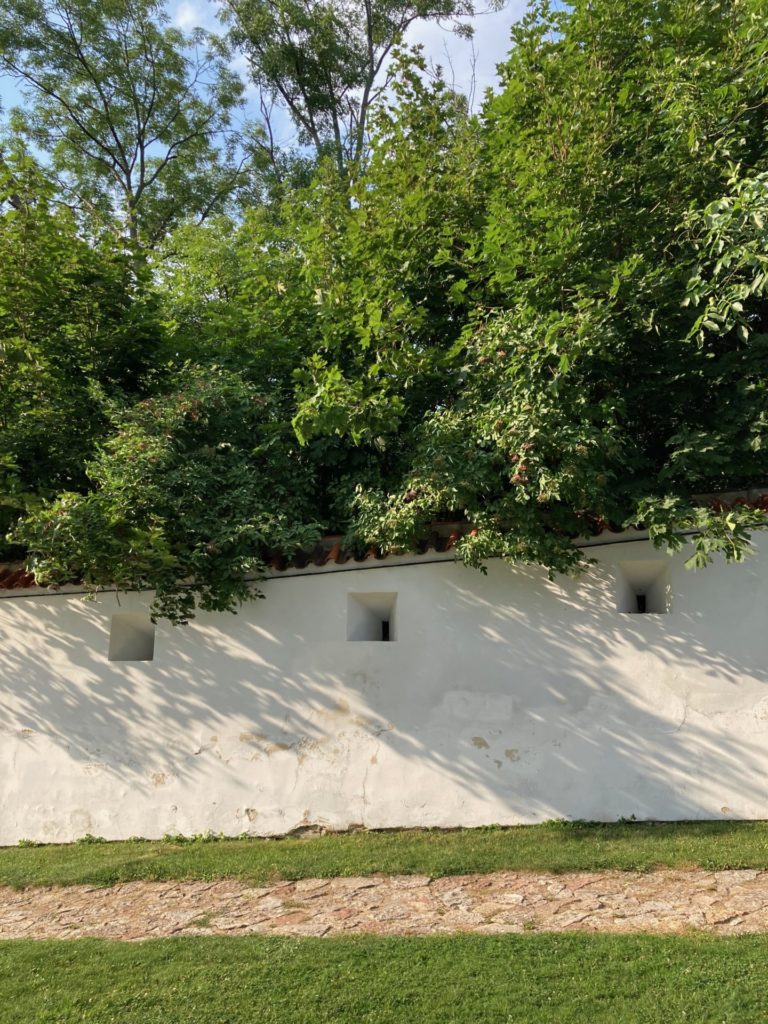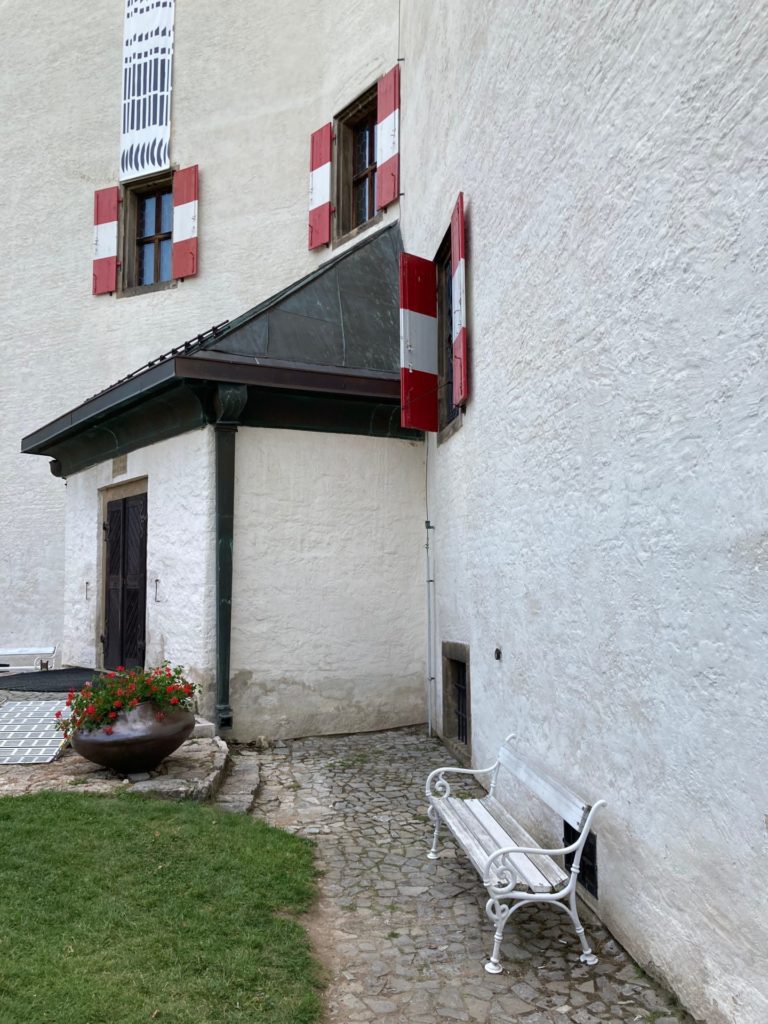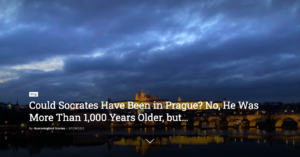Every Czech knows who was Charles IV, later called the Father of the Homeland. No wonder, he made his mark in Czech and European history really significantly. Just look at what he accomplished in his most prolific year, 1348: the founding of Charles University, the founding of the New Town of Prague, and the beginning of the construction of Karlštejn Castle. Last but not least, Charles IV, in his decree of 7 April 1348, defined the “lands of the Bohemian Crown” as a state unit (Corona Bohemiae), as a territory ruled by the Bohemian king, but the visible symbol of this principle was the Crown of Saint Wenceslas, to which this entire state unit officially belonged.
To be born a Czech and not know Charles IV is therefore impossible. But apart from him, general knowledge of earlier periods of history cannot be overestimated.
Yes, probably the vast majority of Czechs heard in school that Master Jan Hus was burned in Constance in 1415. And even if they don’t remember it, they know that it was on July 6th because we have a national holiday on that day.
And a lot of people remember things that are historically less important – for example, that the Hussite warlord Jan Žižka lost an eye during the siege of Rábí Castle, when the defender of the castle shot an arrow and it stuck in the pear tree next to it Žižka was standing. The arrow chipped a splinter from the tree and it poked out Žižka’s eye.
However, one event in Czech history is known to all: the Battle of White Mountain. It is the most famous Czech battle, and although many people only know the location of the battle and don’t know much about it, the words battle – White Mountain really got into our minds in elementary school.
The battle lasted only two hours, 50,000 soldiers took part, and the number of dead is estimated at 2-5 thousand. Despite the fact that the battle lasted only two hours and took place in a relatively small area, it influenced Czech history for the next 300 years. (You can read more about it here.)
And as it happens, the scene of the battle, during which perhaps up to 5 thousand people died in two hours, i.e. one person in less than two seconds, is today an oasis of calm.
Since 2000, the summer palace has been used by the Museum of Czech Literature, which organizes exhibitions and other programs here. The entrance fee to the Renaissance summer house is 90 crowns (less than 4 USD).
The floor plan is a six-pointed star (“hvězda”), with six rooms always converging into a central hall. The staircase that leads up to the feast room, as well as the one that leads to the cellar, is original, from the mid-16th century.
The basement will make you feel like you’re in a haunted castle – but you can look at the battle model there.
There is also a nice little cafe in the summer house area, where you can buy a coffee and a sandwich or a dessert and relax in a really pleasant place. As if only 400 years ago one person wasn’t dying here in less than two seconds…













